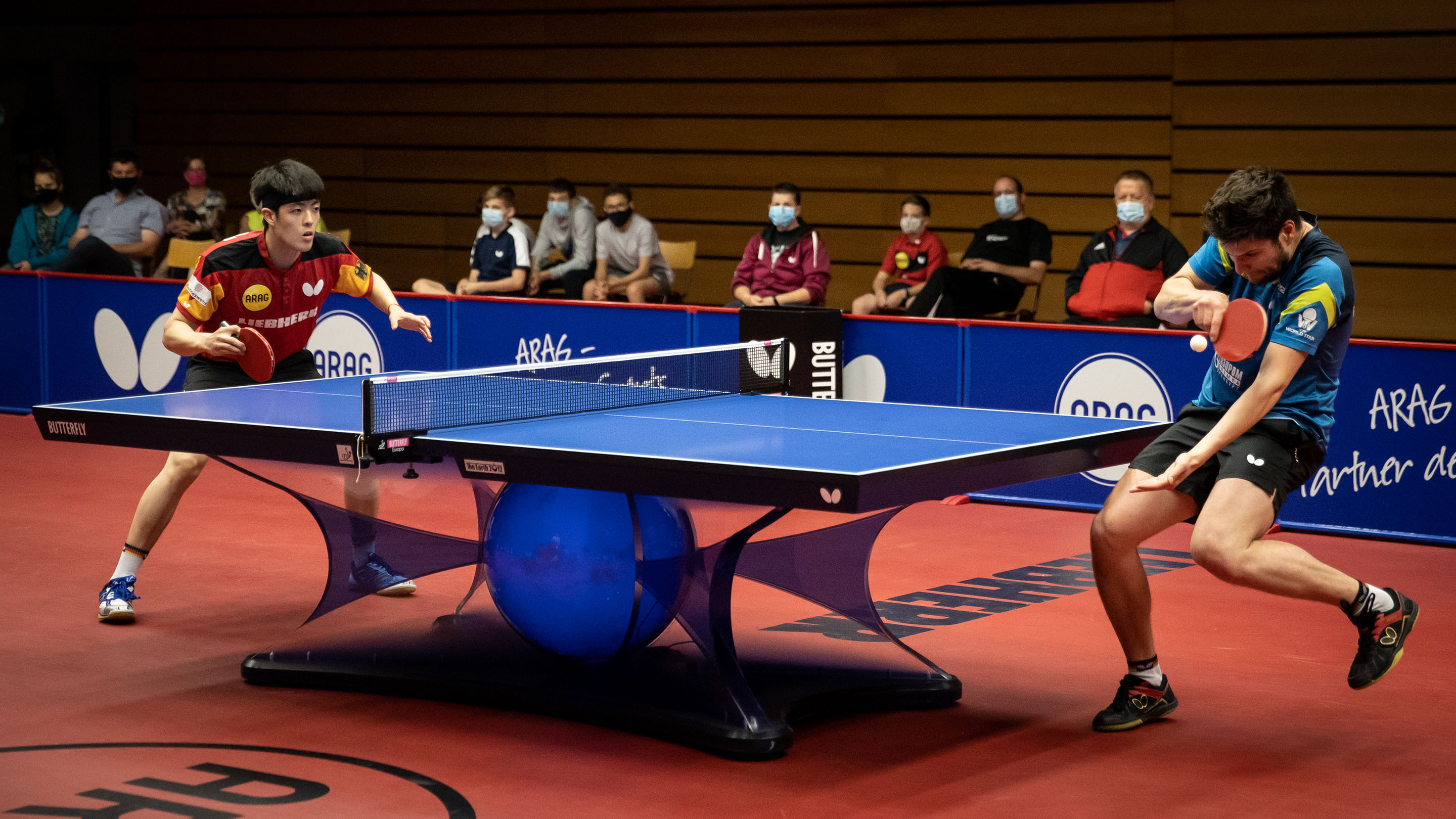Column: Ping Pong Diplomacy resonates a half century later
They were an unlikely group of trailblazing diplomats, including the 15-year-old who knew only that China was a big country filled with communists – and outstanding ping-pong players. Tossed into the middle of a potential thawing in U.S. relations with China, though, Judy Bochenski and her American table tennis teammates helped deliver one of the great diplomatic coups of their time. Their hastily arranged trip for exhibitions in three Chinese cities played a role in parting the Red Curtain and opening the way to a new world order that included China.
A half-century later, with U.S.-China relations in a different period of uncertainty, what became known as Ping Pong Diplomacy still resonates as an example of the potential of change when sports and politics collide. We were just in the right place at the right time,” Bochenski said. “We were a spark that helped China and the United States accomplish what they were trying to do, which was to communicate with each other.”
It was April 1971, and the Americans were in Japan, competing in the world table tennis championships they had no chance of winning. The Americans were such minor players in a bit of sport in their country that they had to pay their way to Japan to compete.

Once there, they got the invite of a lifetime. The Chinese were searching for an opening to break a stalemate that had lasted more than two decades and begin relations with the United States.
The ping pong players seemed the perfect way to break the ice.
Instead of going home, Bochenski and her teammates suddenly found themselves on a weeklong excursion through a mysterious country mostly hidden from Westerners since just after World War II.
“A big surprise and a shock,” the now 65-year-old said of her reaction to the invitation. “I knew China was a communist country, but I didn’t know much about what was going on politically at the time.”next year to make a state visit to China that enthralled the world.
The visit likely would have happened eventually, even without the ping-pong team. Nixon had been looking for ways to engage the Chinese, largely because he saw them as a Cold War deterrent that the U.S. could play off against the Soviet Union while China was taking the first steps toward opening up to the outside world.
Still, no one in Washington saw this sports diplomacy coming, though that didn’t stop the president and his team from trying to take advantage of the opening. “We’re playing for much higher stakes with the Russian – and this thing is sending them right up the wall, the Ping Pong team,” Nixon says to Secretary of State Henry Kissinger a week later in transcripts of Oval Office recordings provided by the Nixon Presidential Library. “And we also are playing for high stakes with the Chinese. It makes good – it’s a perfect copy here for us to appear to be the people who have opened up the Chinese thing.”
To understand how big a deal the team’s trip was, some context is needed about a country that has since become a superpower. Bochenski and the traveling group of 15 American players and coaches were the first Americans allowed into China since the communists gained power in 1949.
The country they found was far different from anything they had seen. China was still in the middle of the Cultural Revolution. Bochenski wore a miniskirt that drew stares from Chinese all attired in gray uniforms, and Chinese fans clapped in unison at odd times during the matches. Everyone had many stares, including one of Bochenski’s s long-haired teammates, who quickly became a Chinese favorite.




